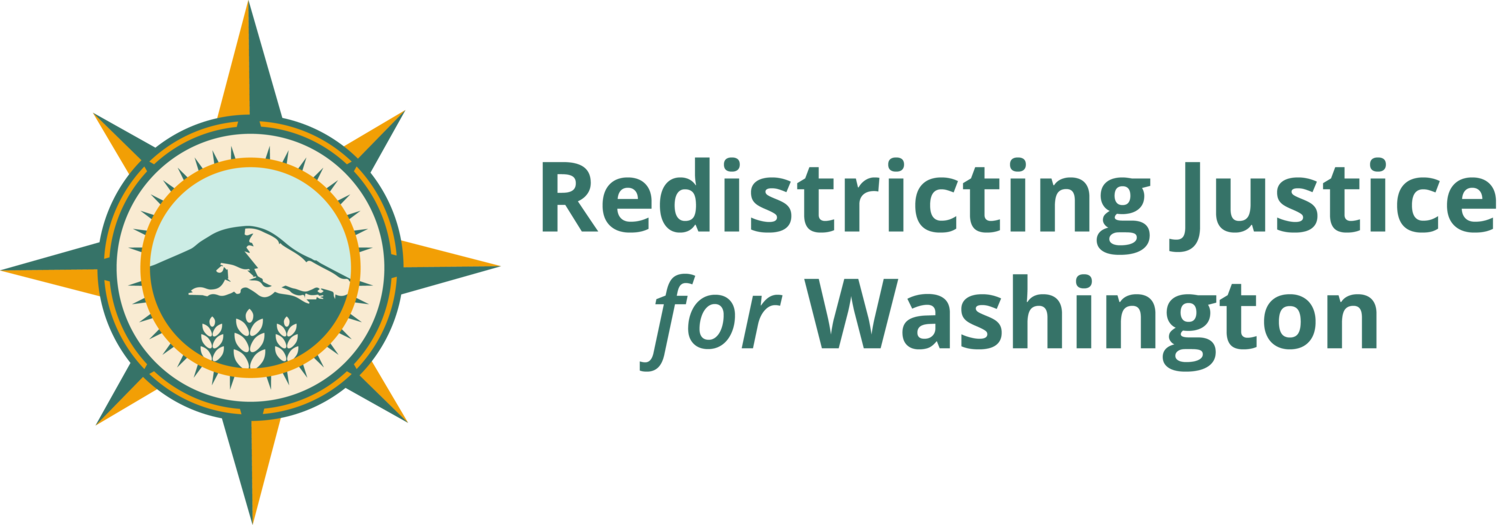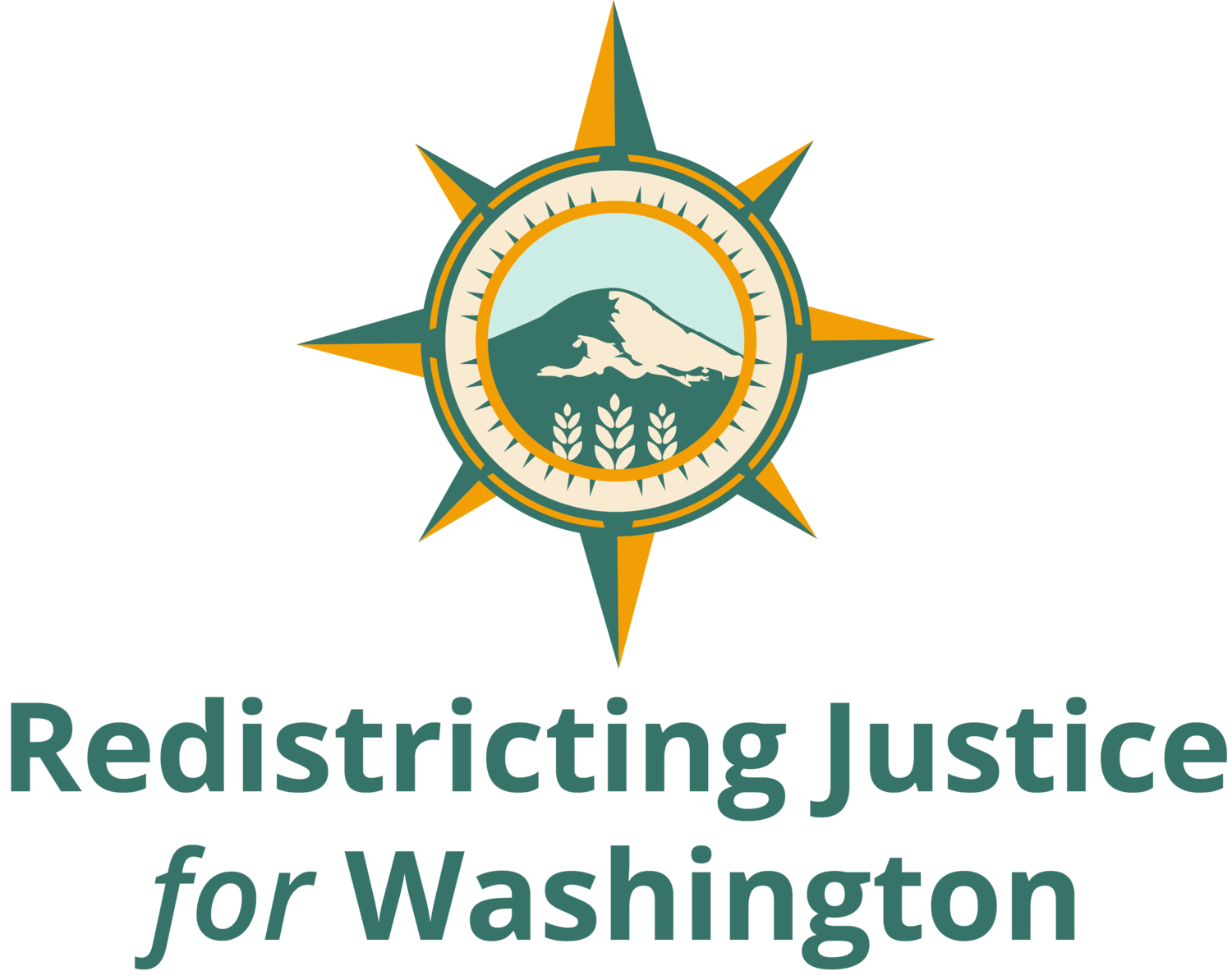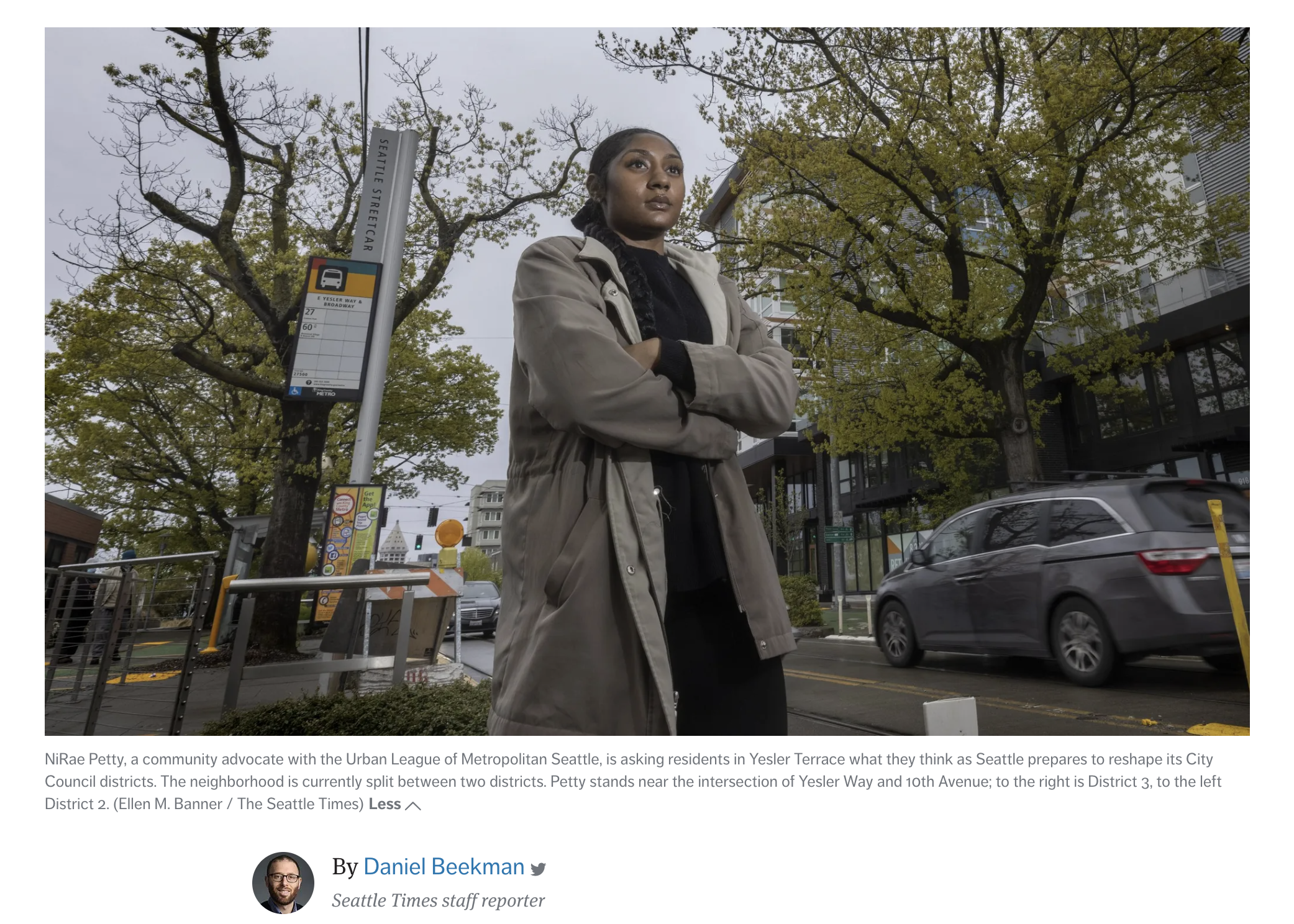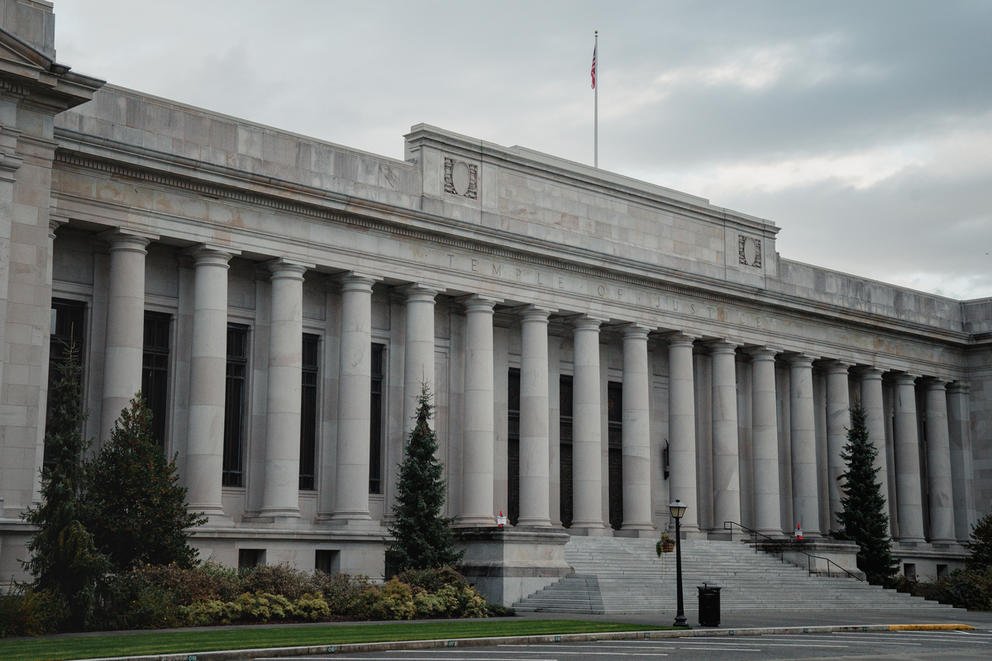New Seattle council district maps will reunify some neighborhoods, split others
"It's not just a question of splitting Magnolia," said Andrew Hong, a coordinator for Redistricting Justice for Seattle. The coalition supports keeping communities of color together through the redistricting process, as well as supporting the interests of renters, young people, and low-income residents.
"It's also a question of, do we split Fremont into three different districts, which was a proposed remedy to keep Magnolia whole," Hong said…
"At the end, the Seattle City Council redistricting process and the commission are tasked with drawing a map for the entire city, not just for Magnolia," Hong said. "I think they did the best job they could do."
Commission Nears Final Seattle City Council Map, Sticks with Magnolia Split, Fixes Fremont Folly
On Monday, the Seattle Redistricting Commission heeded the calls of city-wide community coalitions, moving on to the final phases of establishing the Seattle City Council district boundaries for the next decade. Despite some fierce local pushback from Magnolia residents who lobbied to be unified in District 6, the plan keeps many other neighborhoods whole by splitting Southeast Magnolia between District 6 and District 7. The advancing map hewed closely to the vision put forth by Redistricting Justice for Washington.
The Magnolia outcry prompted…
District 3’s new borders set in Seattle Redistricting Commission’s final* map
The Seattle Redistricting Commission has settled on new borders for the city’s council districts that will shave off only small areas of District 3 representing Capitol Hill and the Central District to help balance disproportionate population growth in the city’s core.
The vote for the new Seattle City Council borders came Monday as the commissioners are nearing finalization of the new districts, backing off a last-minute adjustment that would have also carved off a portion of the University of Washington area to join D3 represented by Kshama Sawant.
A final vote on the plan is…
Split Magnolia or U District? Panel weighs Seattle redistricting options
The process of redrawing Seattle’s City Council districts map is winding down after months of discussion, but multiple options are still on the table, including a late-arriving proposal that would separate the University of Washington campus from the rest of the University District neighborhood…
Many Magnolia residents have urged the commission, including in a meeting Tuesday, to keep their neighborhood together. But the UW and several U District groups are opposing the proposal to make changes in the U District, as is a coalition focused on racial and economic justice in redistricting [RJS].
New proposed redistricting amendment plans to divide UW from the U-District
Students living in off-campus housing, including Greek Row, could be in a completely different district from their peers living in Housing & Food Services (HFS) student housing in a new proposed redistricting amendment provided by Rory O'Sullivan of the Seattle Redistricting Commission (SRC).
When an earlier proposed redesigned map split the Magnolia neighborhood between Districts 6 and 7, an intense pressure campaign led by the Magnolia Chamber of Commerce caused the SRC to propose a new design…
OPINION: Magnolia Fights for Last Minute Switch Without Acknowledging Its Own Racist Past
Historically, (since 1787, to be exact), white and wealthy communities have thrived at the involuntary expense of Black, Brown, and Indigenous People of Color and the working class — in the name of “compromise.” This year, the quote, “History doesn’t repeat itself — but it does rhyme,” couldn’t have been more timely.
Next month, the Seattle Redistricting Commission will finalize our new city council districts for the next decade. When used fairly, redistricting could achieve more equitable representation and funding by redrawing voting districts to reflect population changes and growing diversity. But there’s a catch: This process usually falls short when determining which neighborhoods should compromise by being split and have diminished voting power…
Op-Ed: Seattle Must Keep Promise to Create First-Ever People-Centered Voting Districts
This month, Americans will decide the future of our politics in the November 8 midterms. But another important deadline lands that day, too: the day the Seattle Redistricting Commission submits its newly redrawn map of the city’s seven voting districts, a decision that will shape Seattle politics for the next decade.
This is the first-ever opportunity for Seattleites to create an equitable and community-informed electoral system for people of color, renters, low-income people, youth, and other marginalized groups in Seattle.
In 2013, Seattleites passed a ballot measure to establish seven council districts, creating an opportunity for a majority-BIPOC district where communities of color could elect a candidate of their choice. However, when it came time to draw those seven districts, Faye Garneau’s group, which pushed the measure, drew the boundaries behind closed doors. Garneau basically claimed she didn't see race, and so, inevitably, she oversaw the drawing of districts that split Yesler Terrace, Fremont, and other marginalized communities…
Redistricting process continues with public hearing
While a current plan under consideration to update Seattle’s City Council districts includes splitting Magnolia into two districts, members of a racial equity coalition believe compromise is necessary to make redistricting fair…RJS did not deliberately target Magnolia in its recommendations.
“We were drawing a map that tried to do the most good for neighborhoods across Seattle at large,” Hong said. Unfortunately, that meant splitting up Magnolia in the process because District 7 has seen the largest population growth in the last 10 years, Hong said. He also said RSJ is sympathetic to concerns that splitting neighborhoods makes it harder for residents’ to advocate for themselves in city government…
Op-Ed: Redrawing of Seattle’s council districts shows equity is possible
The Seattle’s Redistricting Commission has developed its final draft map in the first-ever decennial process of redrawing Seattle’s seven city council districts — and it did a great job. The Redistricting Justice for Seattle coalition is pleased to see the commission equitably centered testimony from people of color, renters and community-based organizations to draw this draft map that successfully protects historically marginalized communities.
However, we know whenever marginalized communities organize, wealthy interests come out in full force to resist progress. This redistricting cycle is no exception. We challenge the Redistricting Commissioners to stand firm behind its final draft map that protects communities of color, young people and renters — and vote to finalize it in November.
People of color, renters and young people have been…
New map would redraw Seattle’s City Council districts, with changes for Georgetown, Magnolia
“Looking at this map, I can tell right away that communities of color were not discarded for other special interests. This is key to an inclusive redistricting process,” Joseph Lachman, policy analyst at Asian Counseling and Referral Services, said in a news release issued Wednesday by the coalition.
…“Young people and renters in the downtown corridor have represented the bulk of growth in Seattle and especially District 7,” and shouldn’t have their voting power weakened by district lines, Jazmine Smith, political manager at The Washington Bus, said in the coalition’s news release.
According to the Magnolia Chamber of Commerce, some community members have raised concerns about the neighborhood being split, with part separated from Queen Anne. The Chamber suggested this week that residents request district boundary adjustments in Seattle’s “diverse and ever-changing downtown residential areas,” rather than the “long-established neighborhood communities of Magnolia and Queen Anne.”…
Racial Equity Advocates Like Seattle’s Newly Proposed Political Boundaries. Magnolia Residents Do Not.
RJS got great news when the Seattle Redistricting Commission (SRC) revealed its first official proposal for redrawing the city's political boundaries. The commission's proposal heeded many of the coalition’s demands, including its top priority of keeping Asian and Black communities together in majority-minority District 2, which, under the new proposal, would cover the Chinatown-International District (CID), Beacon Hill, Rainier Valley, Mount Baker, and Seward Park.
While the proposal does not reflect all of the coalition’s demands, according to Andrew Hong, the Statewide Coordinator at Redistricting Justice for Washington, the organizers will now play defense to keep the wins for the final version as other groups pick apart the proposal. Magnolia residents, who would be split into two districts under the new map, are already taking issue with their voting bloc on the chopping block.
…Hong said that council districts can help improve representation for people of color on the city council. Before the City instituted a district system, all nine council positions represented the entire city. In those elections, white people always held the majority in the electorate. But with districts, people of color held a majority in one council district, D2.
…The community-made map inspired somewhere between 50 and 100 people to tell the commission to adopt its map in full, Hong estimated. While RJS would love to advocate for D4 to be a more renter-heavy district, Hong sees…
Opinion: State Lawmakers Must Act to Save Democracy From GOP Attacks
The January 6 commission hearings cement what even the most casual observer has known for years: The state of American democracy is in absolute crisis, and it’s only going to get worse without immediate intervention. While our institutions were strong enough to prevent Donald Trump from stealing the 2020 election, America’s remaining democratic safeguards continue to crumble, especially at the state level.
With Congress having failed to safeguard American voting rights in the 117th Congress, anti-democratic forces across the country have continued to push forward their radical right-wing agenda…States must also fight against partisan gerrymandering. In the United States, it is a national disgrace that elected leaders are able to effectively “pick their voters” through favorably gerrymandering schemes. In recent years, instances of gerrymandering in the U.S. have soared nationwide. In the 2020 redistricting cycle, both parties resorted to intensely gerrymandering states where they controlled redistricting in order to stave off gerrymander losses elsewhere.
Partisan gerrymandering often leads to fewer “majority-minority” districts, which occurred in the 2020 redistricting cycle despite the country becoming more diverse. Gerrymandering also creates fewer competitive “swing” districts, creating more elections where the outcome is predetermined by the ruling party. All of these symptoms of gerrymandering erode voter choice, voting rights for people of color, and our democracy at-large.
While state courts have…
Opinion: Seattle residents have a unique, once-a-decade opportunity to shape our political destinies through redistricting
As someone who for years has lived in and worked with people and organizations in Seattle’s Chinatown-International District in City Council District 2, I’ve come to appreciate this diverse and vibrant community, but I’ve also witnessed its unique struggles as one of the few majority POC areas of Seattle. We’re grappling with issues of gentrification, displacement, public health and safety among other things while also just trying to live our daily lives. Our city government has an impact on the said daily lives of residents that cannot be understated. Historically, communities in District 2 including Asian Americans, Black folks, and other people of color have disproportionately been denied opportunities to shape our city government and our own political destinies. However, this year, for the first time Seattle residents have a unique, once-in-a-decade opportunity to be a part of that process through redistricting.
Members of the Redistricting Justice for Seattle (RJS) Coalition are fighting to ensure communities’ of color voting rights are protected this redistricting cycle such as those in Yesler Terrace and the Chinatown-International District, which are currently split between two districts. The numerous…
Coalition Works to Expand Public Participation in Seattle’s Redistricting Process
community groups are working to increase public participation in the process, warning that how the lines are drawn will shape representation in City Hall for years to come…
Many who spoke during public comment at forums held so far said they supported keeping Communities of Color together in general but felt there had been too little time to review the redistricting process or provide meaningful input. Moreover, because the meetings are organized in order from May through July, starting with District 1 and ending in District 7, districts farther south in Seattle, where more People of Color live, had far less time to prepare.
While there will be one more opportunity for public comment after the commission releases its final proposal map this fall, organizers say the process risks shutting out the very input that commissioners claim to be seeking…
Neighborhoods like Yesler Terrace could see changes as Seattle reshapes City Council districts
…redistricting will involve changes in many areas and could alter the power balance at City Hall…with elections looming in 2023.
…Andrew Hong, the coalition’s coordinator, is keeping an eye on the Chinatown International District and Beacon Hill, he said, arguing both neighborhoods should probably remain in District 2, where many Asian American voters live.…
Redistricting: Tribes fight for an equal voice
As the Yakama Nation’s legislative liaison, the late Mathew Tomaskin worked to ensure that tribal members were counted in the 2010 and 2020 censuses and advocated for the Nation to be unified into one district. Tomaskin died in September before the redistricting process was complete.
“There’s real people’s lives that matter and injustices that, when they take too long to be resolved, mean that some people will never get that justice,” said Kamau Chege, managing director of Washington Census Alliance. “Matt Tomaskin will never get that.” But the tribe will. The Yakama Reservation was unified into one legislative and one congressional district on the approved maps…
Communities of Color Push Back on WA Voting Map
“There’s been overwhelming community testimony throughout this process explicitly naming that the Yakama Nation should be kept intact with the Yakima Valley, given their long history of shared organizing, interests, political priorities, economy, agriculture,” Hong explained…
But Hong noted district lines in the Yakima region remain a thorny subject. He pointed out Redistricting Justice for Washington could take legal action based on the Voting Rights Act to challenge the legislative map.
“The Legislature has the authority to alter the commission’s maps by up to 2% before approving them,” Hong emphasized. “We want to see how that plays out…”
Washington Supreme Court Won’t Redraw Political Maps, Will Accept Redistricting Commission’s Work
“We hoped that the Supreme Court would recognize that these maps violated the law and unjustly diluted community voices here in Yakima,” said Giovanni Severino, a Yakima organizer with Progreso: Latino Progress.
Kamau Chege, director of Washington Community Alliance, said the commission “lacks credibility and their final maps are a stain on our democracy that can’t be ignored. Washingtonians deserve better.”
But legislative leaders generally praised the court…
State Supreme Court Returns Redistricting Issue Back to Legislators
Margot Spindola, another RJW co-director and an organizer of the Latino Community Fund, criticized the lack of transparency around the process…”First, the commissioners told us they voted on a ‘framework,’ then they said it was a ‘redistricting plan,’ and then we learned that the chair of the commission didn’t see any maps until they were uploaded to their website a day past the deadline, according to her sworn declaration,” Spindola said in a statement. “But here’s what we do know: These maps are illegitimate, the process violated the spirit of the Open Public Meetings Act, and independent analysis demonstrates they will violate the voting rights of Latinos in the Yakima Valley…”
State Supreme Court to Draw Redistricting Lines after Commission Misses Deadline
While People of Color make up about 35% of the State’s population, only one of the State’s 49 legislative districts — the 37th, which includes much of southeast Seattle, from the Central Area to Renton — currently has an eligible voting population that’s majority People of Color. It’s a similar story among U.S. House districts in the state: Only voters in the 9th District, which overlies much of South Seattle as well as southern Bellevue and all of Mercer Island, are majority People of Color…




















